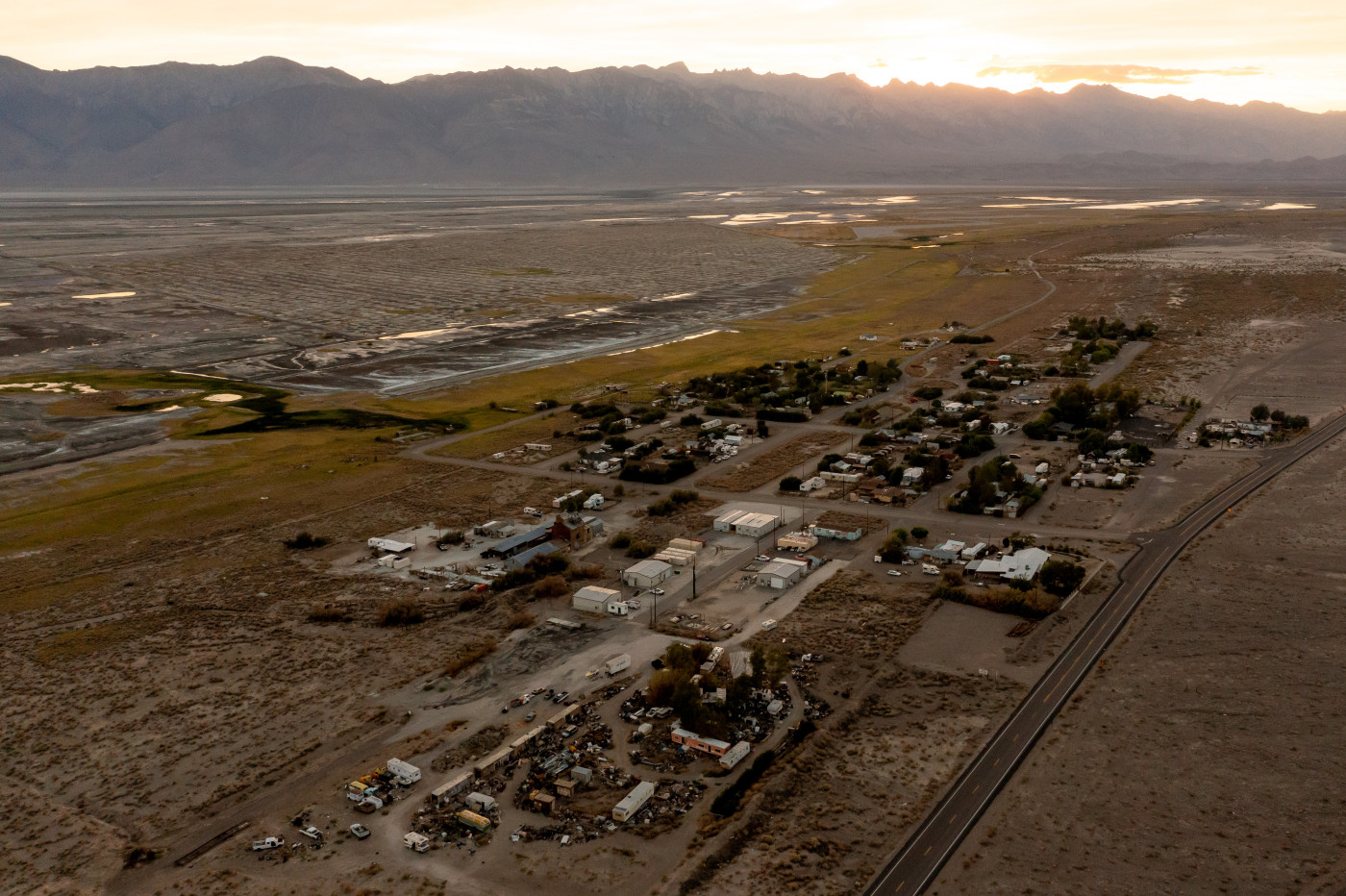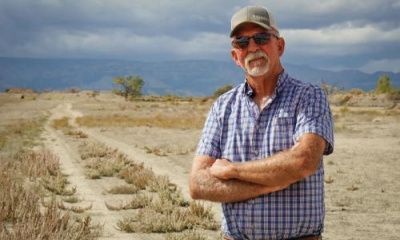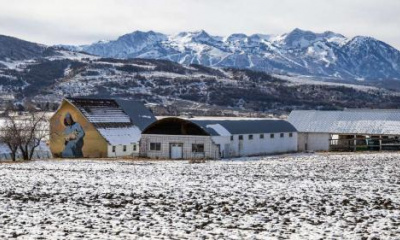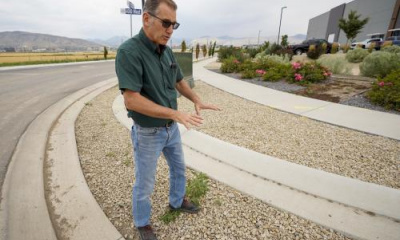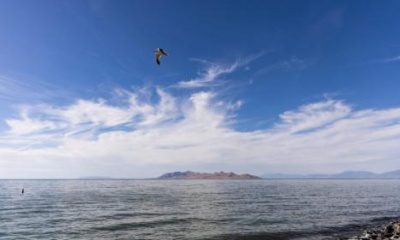what makes Owens Lake in California different, but similar to Utah’s Great Salt Lake.
- Like Owens Lake, the Great Salt Lake is a terminal saline lake in the Great Basin. The basin covers more than 200,000 square miles and is under duress. But unlike Owens Lake, which dried up in 1926 due to diversion of its tributaries, the Great Salt Lake remains half full and still has a fighting chance.
- The dust caused by the dried-up Owens Lake in California created the nation’s worst source of PM10 pollution, leading to federal regulatory controls and an extensive monitoring system. There is no such framework in place for the Great Salt Lake, although officials acknowledge blowing dust off the exposed lakebed is a problem. Much of the exposed lakebed of the Great Salt Lake is a hard crust which, unless disturbed, is a far less ominous problem than Owens Lake.
- The Great Salt Lake, the largest saline lake in the Western Hemisphere, is 12 times larger than Owens Lake in California. The sheer scope of the problem caused by a dying lake in Utah has the potential to enormously eclipse what happened in California.
- Both lakes are remnants of the ice age and are part of a loosely connected network of 20 saline, terminal lakes in the Great Basin that is bounded on the east by the Wasatch Front, and the Sierra Nevada and Cascade ranges to the west.
- There is a smattering of small towns and communities impacted by Owens Lake pollution, affecting an estimated 40,000 people. In contrast, the majority of Utah’s population — 2.6 million people — live along the Wasatch Front and are vulnerable to a dying Great Salt Lake.
What's your response to At Water's Edge?
Does this reporting project make you feel hopeful? Concerned? Inspired? Surprised?
Selected responses will be used on social media, on our website or in our newsletter.

